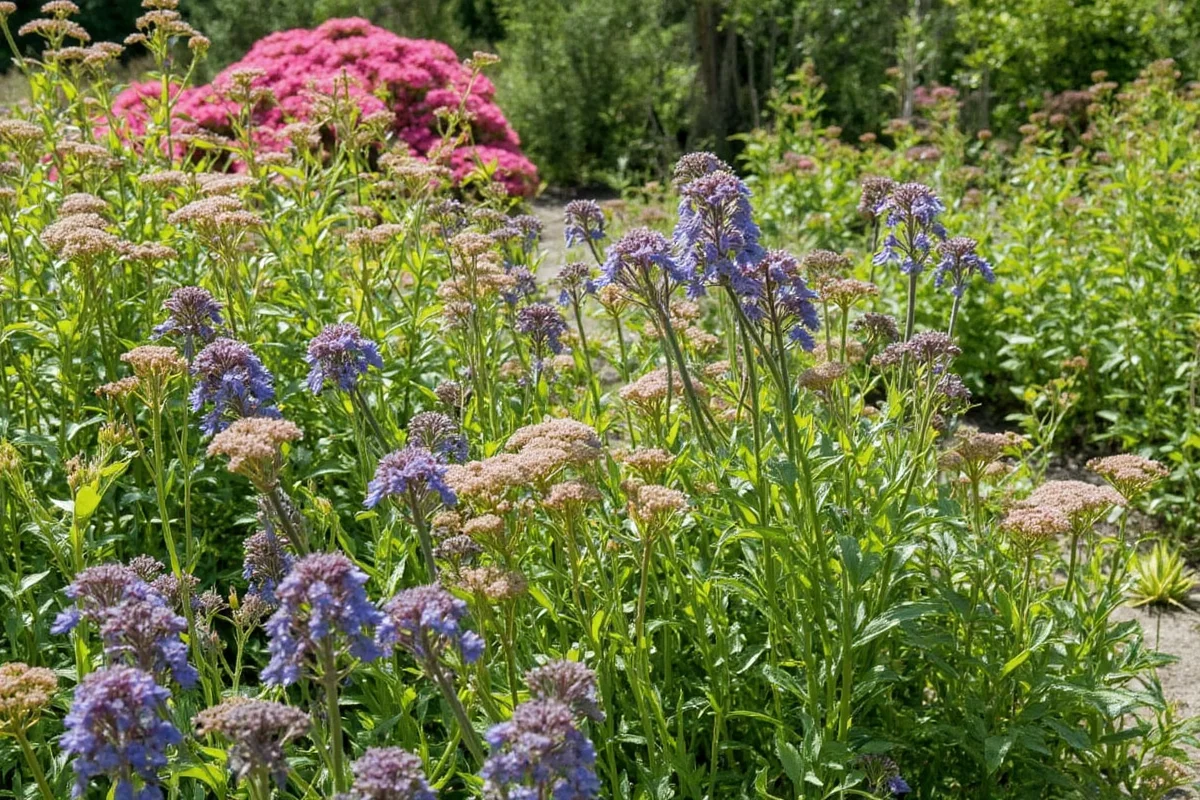Succulent propagation is an exciting and rewarding hobby that allows you to multiply your plants and share them with friends and family. This guide will walk you through everything you need to know, breaking it down into easy steps. You'll learn about the different methods, how to care for your new plants, common mistakes to avoid, and useful tips for successful propagation.
Understanding Succulent Propagation
Succulent propagation is the process of creating new plants from various parts of the parent plant, such as leaves, stems, or offshoots. Understanding the biology behind it is crucial for successful propagation.
- Succulents store water in their leaves, stems, or roots, which allows them to survive in arid conditions.
- Propagation relies on the ability of these plants to reproduce vegetatively, meaning they grow a new plant from a part of the old one.
- The most common methods include leaf propagation, stem cuttings, and propagating from offshoots.
By understanding these basics, you can decide which method suits your plant best and increase your chances of success.
Methods of Propagation
There are several ways to propagate succulents, each with its own benefits and challenges. Here are the most popular methods:
- Leaf Propagation: This involves removing a healthy leaf from the plant and allowing it to dry before placing it on soil.
- Stem Cuttings: Cut a segment of the stem, let it dry, and then plant it in soil.
- Offshoots or Pups: Some succulents produce small offshoots known as pups that can be removed and replanted.
- Seed Propagation: Although less common due to its complexity, starting succulents from seeds is an option for patient gardeners.
Each method has specific steps and needs, making it essential to choose the right one for your succulent variety.
Steps to Successful Propagation
Following a structured approach is essential for succulent propagation. Here's a general guide:
- Select Healthy Parent Plants: Ensure the parent plant is healthy and free from disease for better propagation outcomes.
- Prepare Cuttings or Leaves: Cleanly cut leaves or stems using sterilized tools to prevent disease transmission.
- Allow Cuttings to Dry: Let the cuttings dry for a few days to callus over, which reduces the risk of rot.
- Planting: Nestle your cuttings or leaves into well-draining soil without burying them too deeply.
- Watering and Light: Gradually introduce water and ensure ample sunlight without direct exposure, which can be harsh.
Adhering to these steps increases the chances of achieving healthy new succulents.
Common Mistakes to Avoid
Propagating succulents can be tricky, with several potential pitfalls. Avoid these common mistakes:
- Overwatering: Excess water can cause rot; succulents need less watering than other plants.
- Incorrect Soil: Using non-draining soil can suffocate propagation efforts. Ensure soil is well-draining.
- Poor Light Conditions: Succulents need bright light; insufficient lighting stalls their growth.
- Not Allowing callusing: Planting cuttings immediately without drying can lead to rot.
Being mindful of these common errors can save your propagating efforts and nurture successful plants.
Useful Tips for Thriving Succulent Plants
Enhancing your propagation skills involves adopting some helpful tips:
- Use the Right Tools: Sterilized knives and scissors reduce the risk of disease transfer.
- Observe and Adjust: Continuously observe the condition of your cuttings and adjust care as needed.
- Emphasize Patience: Succulent propagation can take weeks to months, depending on the method.
- Supplement with Fertilizer: A mild fertilizer can encourage growth once the plant is established.
These tips not only ensure healthy growth but also provide a rewarding experience as you see your plants thriving.
In conclusion, succulent propagation is a fascinating and fulfilling process that anyone can attempt with the right know-how. With attention to method, careful care, and a little patience, you can expand your succulent collection and enjoy the beauty of these unique plants. Embrace the journey and remember, each propagated plant carries the story of its parent, waiting to flourish under your care.











 浙公网安备
33010002000092号
浙公网安备
33010002000092号 浙B2-20120091-4
浙B2-20120091-4